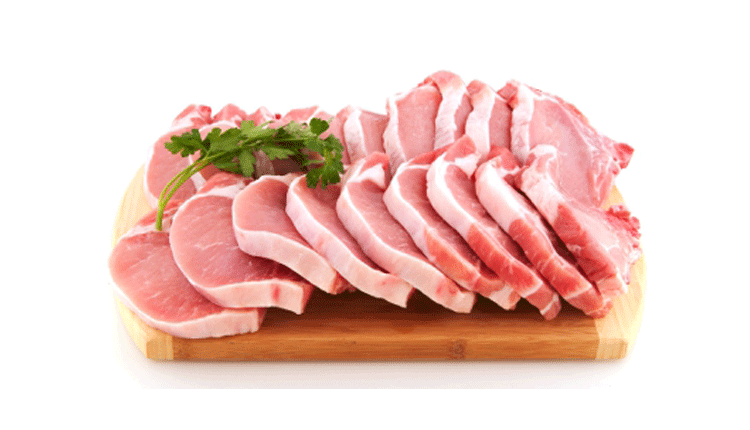Study: Did you know Kenyans are feasting on poor quality pork?

Kenyans have been feeding on pork and pig products of poor quality, a new study has shown.
According to the collaborative study released by World Animal Protection, International Livestock Research Institute (ILRI) and University of Nairobi, the quality of pork is largely determined by how the pig is raised in the farm, transported, and subsequently slaughtered.
Wounds caused to the pigs delivered for slaughter with legs firmly tied, some in car boots and boda bodas releases hormones and chemicals that affect the quality of the products, the report stated.
“Strapping pigs onto motorbikes and overcrowding causes injuries, such as lacerations, bruises and fractures leading to down grading of the meat, which translates to reduced income/profit to the farmer or trader,” explained World Animal Protection farming campaign manager, Dr Victor Yamo during a virtual launch of the report recently.
The report demonstrated the importance of handling pigs to ensure good health of the consumer, including access to fresh and wholesome water and diet to maintain full health and vigour, which guarantees farmers’ handsome profits and at the same time meets global food requirement standards.
“Pigs are sentient and ought to be treated humanely during production, transportation and slaughter. Neglecting this leads to animal cruelty and suffering, which has an economic impact along the value chain,” says Dr Yamo.
The study, which was carried out in a leading slaughter house in the outskirts of Nairobi Central Business District, along Thika Super Highway between January 5 and March 4, 2021 sought to collect information on where the pig was farmed, how it was transported, and gross lesions on the live animal and the carcass. 
Titled, Animal Welfare And Food Safety In The Nairobi Pork Value Chain the study’s findings showed that a quarter (25.83 per cent) of the pork produced by the slaughterhouse, within the study period, was of poor quality.
Almost all (99 per cent) the pigs were poorly stunned and died in pain. The stunning voltage was found to be 0.3-0.4 Amperes against the internationally recommended 1.3 Amperes.
The study further found that half (52 per cent ) of the pigs were kept for longer than 24 hours between time of purchase and slaughter, leading to the further degradation of the meat quality.
Another 20 per cent of the pigs were mixed from different farms, leading to fighting as the animals tried to establish a social order resulting in injuries.
Almost a third (27.7 per cent) of the pigs were poorly transported by being tied to a motorbike causing further injuries, which ultimately affect the quality of meat.
Dire concerns
“This study raises critical concerns regarding animal welfare in relation to what lands on our tables and offers solutions that need to be implemented by the pig industry.
Pigs should not be kept for more than 18 hours without food and water. Keeping them for a longer time than that leads to the animal utilising its energy reserves to sustain normal body functions causing weight loss hence reduced meat to sell.
“Meat obtained from a stressed pig tends to lose excess water as compared to non-stressed pigs. The meat weighs less leading to less profit,” he said.
According to the study, most live pigs were painfully marked on the ears with sharp objects such as nails for purposes of identification at the lairage and after slaughter.
This process causes intense pain, causing physical injury and subsequent fear to the pigs.
The identification lacerations (cuts) create avenues for entry of pathogens, such as bacteria.
“Nevertheless, this is a key source of stress to the animal and as the animal fights back it becomes difficult to handle.
Slaughterhouses should shift to non-invasive methods of marking pigs, such as with paint or markers,” said Dr Yamo.
The electrodes of the stunning device were dirty, old and corroded. The stunning current was 0.3 Amperes, which is below the recommended current of 1.3 Amperes.
Nearly all pigs were incorrectly restrained and stunned. Some were stunned as they moved before slitting the neck.
Stunning is purposed to render the animal unconscious before slitting the neck. Improperly stunned animals end up being bled when still alive, feel pain and struggle.
As the animal is still conscious and normally breathing, it inhales blood from the cut site (throat region) into the lungs.
Dr Yamo said this scenario lowers the meat quality, giving a poor aesthetic appearance and shortens the shelf life of the meat.
Proper restraining of pigs during stunning process ensures the rods are placed on the right site and also prevents electric shock to humans.


